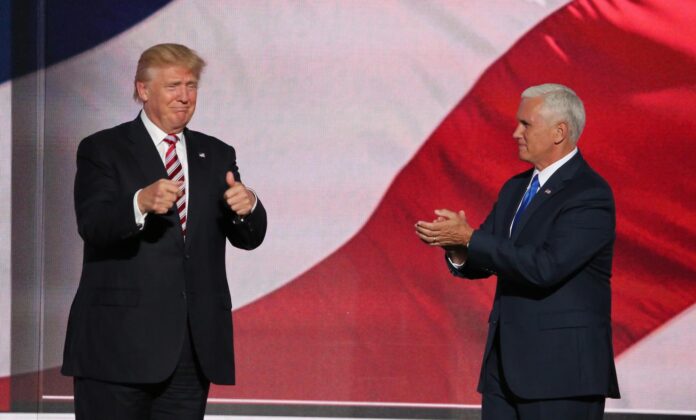In a dramatic turn of events, Donald Trump has swept the seven key battleground states, securing Arizona as the final piece in his path to the White House. This victory gives Trump 312 electoral votes, surpassing the 270 needed to secure the presidency and defeating Vice President Kamala Harris, who finished with 226 electoral votes.
Arizona, a state with a rich political history, proved to be a crucial tipping point. Traditionally a Republican stronghold, it shifted blue in the 2020 election but has now swung back, reflecting the resurgence of conservative priorities among Arizona voters and a broader shift in the nation’s sentiment.
Campaign Promises and Political Implications
Trump’s campaign centered on reinforcing US borders and addressing immigration, with a focus on the millions of undocumented migrants in the country. His promise to complete the US-Mexico border wall and increase deportations signaled a return to his “America First” approach, echoing his policies from his first term. His victory in Arizona, which shares a lengthy border with Mexico, highlights how these promises resonate with voters concerned about immigration control and border security.
Harris, on the other hand, focused on pathways to citizenship and a balanced approach to border security, an approach that faced criticism amid record-breaking crossings at the US southern border in recent years. Analysts believe that the immigration issue played a significant role in the election, especially among voters in southern states like Arizona.
Demographic and Economic Factors in Trump’s Win
Exit polls indicate that Trump gained traction across diverse demographics, pulling in more support than anticipated. Polls leading up to election day had forecasted a tight race; however, Trump’s appeal grew significantly, especially among older Americans, working-class voters, and even younger demographics who had previously leaned Democrat.
Additionally, economic concerns played a pivotal role. Trump’s pledges to combat inflation and improve economic stability resonated with voters facing high costs of living. Analysts speculate that his promises of economic reform and inflation control may provide momentum for the GOP to implement robust financial policies under his administration.
Challenges Ahead
While Trump’s victory is clear, his proposed policies, particularly mass deportations, are already facing criticism from economists and policy experts. They caution that such large-scale deportations could slow economic growth and strain labor markets, especially in sectors reliant on migrant labor.
Furthermore, Trump’s decision to exclude former allies Nikki Haley and Mike Pompeo from his future administration underscores potential internal challenges. Veteran strategist Roger Stone’s influence on Trump’s decision reflects a push against establishment figures in favor of unwavering loyalty to the “America First” agenda. This internal reshuffle will likely shape the direction of Trump’s policies as he prepares to return to the Oval Office.
Looking Ahead
With his victory, Trump will meet with outgoing President Joe Biden at the White House in a symbolic transition of power. This meeting will set the stage for a new chapter in US governance, and the nation is watching closely to see how Trump will navigate this politically polarised climate.
Trump’s resurgence in 2024 signals a notable shift in the US political landscape, as conservative policies and promises of economic reform become focal points for the American electorate. Whether his administration can deliver on these promises and address complex issues like immigration and inflation remains to be seen.




